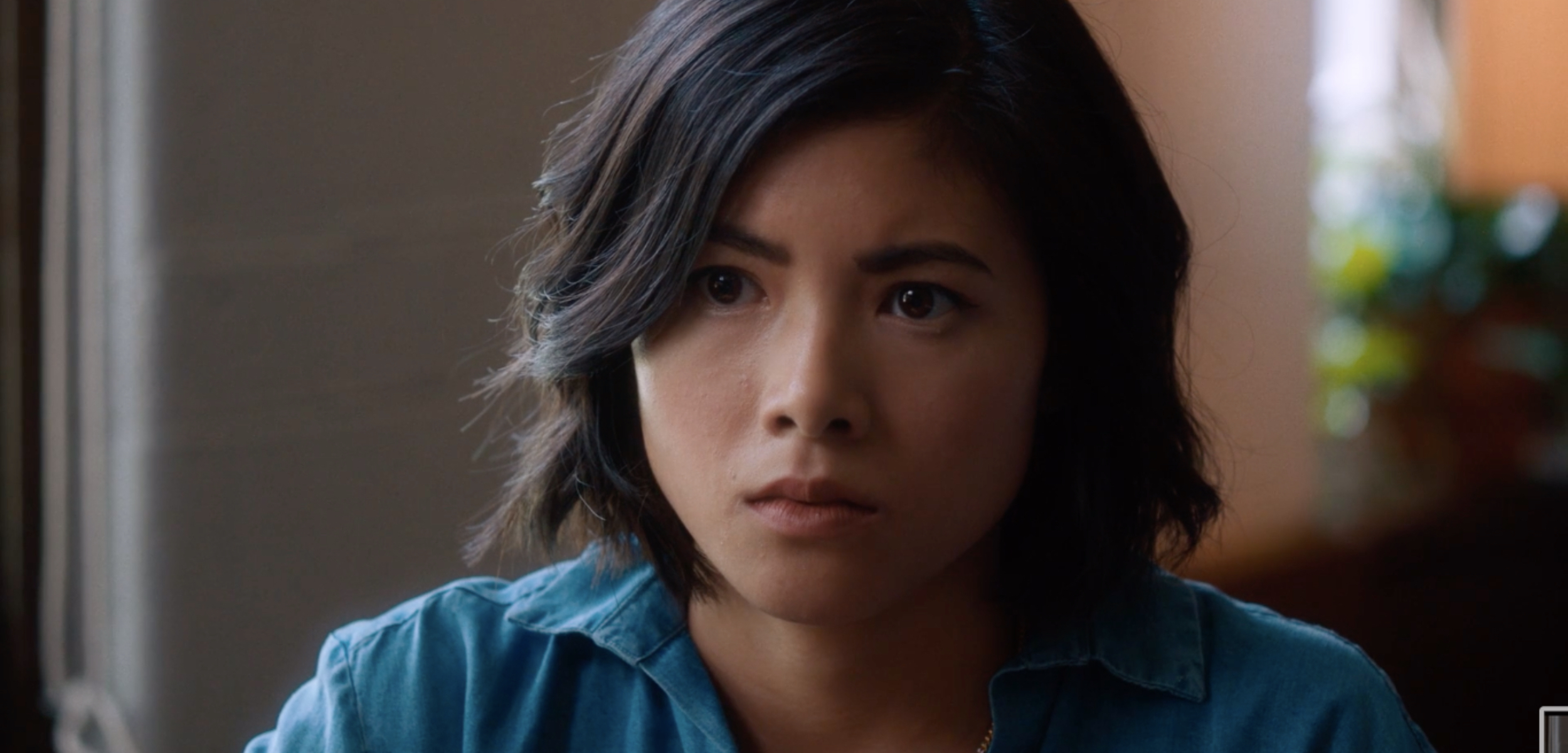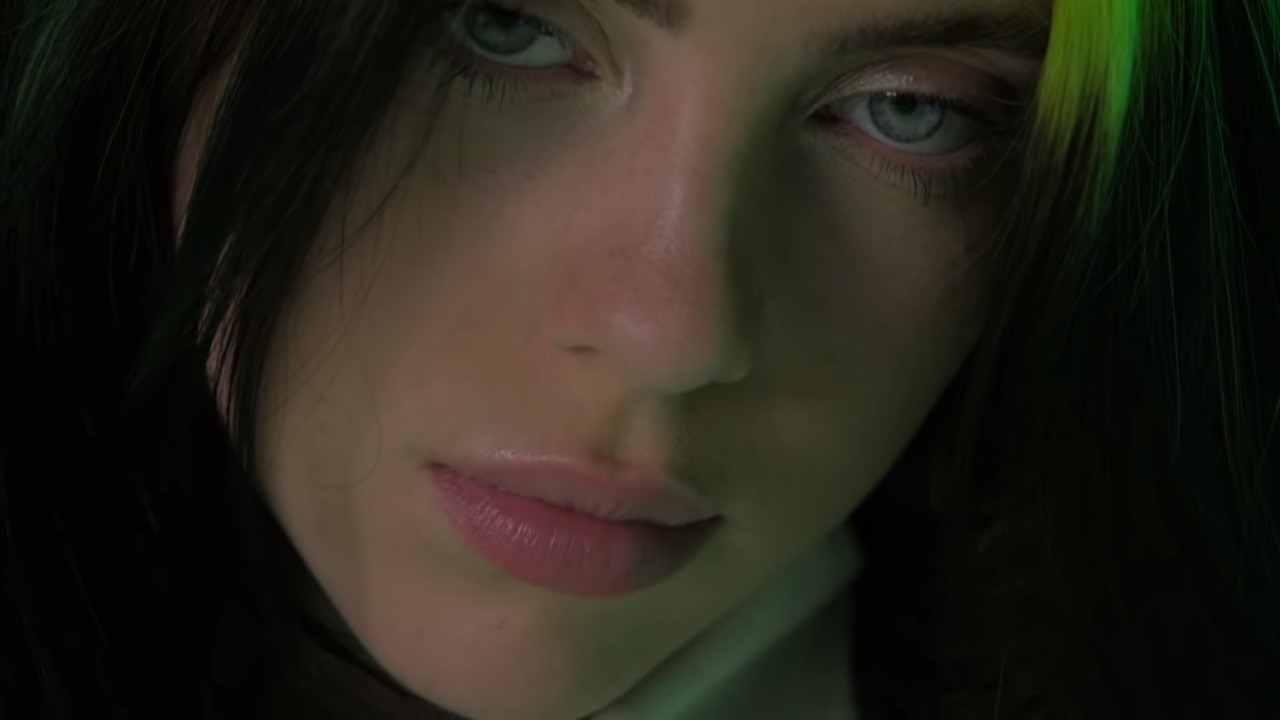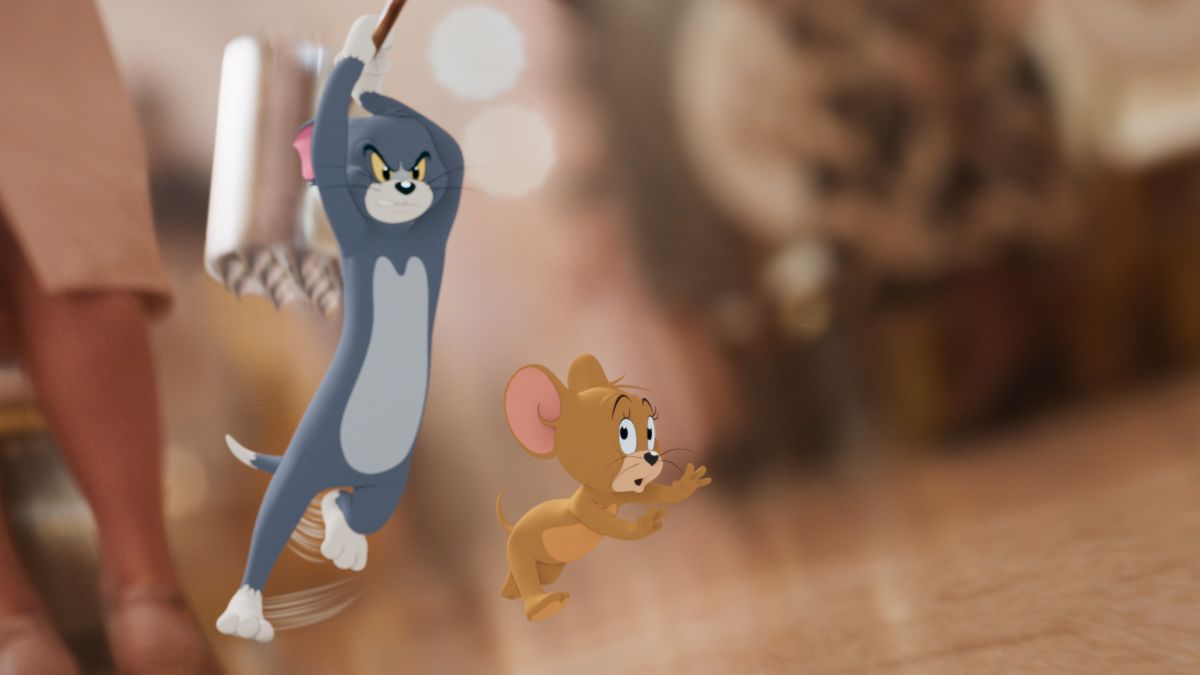Google has meant a lot of changes, perhaps the most tragic is the end of the old library scene in horror. While we find ourselves settling for the new cliche of the quick online search to uncover the hidden history behind a haunted home or town tragedy, this never used to be the case. Countless horror films led invariably to the Act 2 discovery in the old library. Either a helpful librarian carried large, impressive volumes to our hero at their tidy, green lamp lit library table, or a plucky sleuth scrolled their way through the old microfiche via the big microfilm machine.
How much do we miss those days? Enough to look into the very best in library horror.
Big thank you to Jennifer Snoek Brown of Reel Librarians for dropping loads of knowledge.
5. Se7en (1995)
Countless horror films begin Act 2 with a trip to the library. Act 1 has something creepy happening that puts our hero (or, more often than not, heroine) on edge and there’s nothing that can put them at ease except a little information search.
But David Fincher is not like other directors. While the beats are all here: big books stacked on an elegant desk, green lamps illuminating pen-and-ink drawings of the macabre and unsavory, a montage of pages being copied. But here, by flashing back and forth between Somerset (Morgan Freeman) doing the research and Mills (Brad Pitt) simultaneously studying case files, we learn a great deal more about what has happened and – don’t overlook all those decapitation images – what will happen.
The music gives the whole affair am appropriately religious fervor. This is how you make that cliche library scene work.
4. It (2017)
Poor Ben. It’s not enough that he pines in poetic silence for the lovely Beverly. It’s not enough that he’s the lonely new kid without even a posse of losers to hang out with (yet, anyway).
Nope, now he’s got intel and he doesn’t even have anyone to talk to about it.
This is the traditional “digging up big ol’ books about my spooky new hometown” scene, complete with a very creepy librarian. (Keep an eye on her in the background while Ben’s reading.)
But then comes the balloon. I have come to learn that a red balloon is never a welcome sight in a small town library.
3. It (1990)
Normally, we don’t include TV horror, but this scene is just so good! The Nineties TV miniseries is inferior to the later big screen adaptation (Part 1, anyway) in many ways, but not here.
Part of the credit goes to the fact that this film does not recreate that same, tired library scene. No microfiche, no big books on the history of Derry. Not in this scene. Just lunacy, Prince Albert in a Can jokes, and exploding, blood-filled balloons.
Plus Tim Curry, who improves any scene.
2. Behind the Mask: The Rise of Leslie Vernon (2006)
Another film that takes what you know to expect and serves it up to you in the most delightful way, Behind the Mask is among the greatest of all horror comedies and satires.
This particular scene points out the inevitability of that library research scene in horror movies. That would be reason enough to appreciate it, but Zelda Rubenstein (of Poltergeist, obviously) is the icing on the cake. Ever the dramatic, weirdly helpful librarian that the genre relies on for all its historical towny gossip, Rubenstein shines as a woman who really wants to shine in the spotlight.
Just one more reason this film is such a treasure.
1. Ghostbusters (1984)
No, it’s not horror – but it is a scary scene! In fact, for most people it is the scariest scene in Ivan Reitman’s comedy classic.
What makes it perfect is the tension it generates before the jump scare because we know Pete Venkman (Bill Murray, perfection) is going to get in trouble. You just can’t keep talking like that in the library.
Get her? Heh heh heh.













